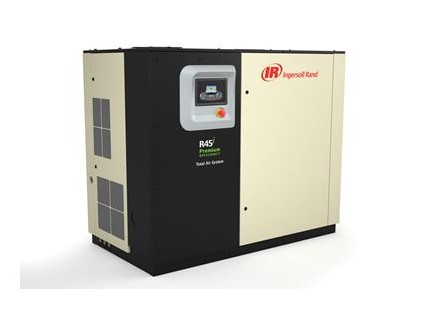The thermodynamics of air compressors is quite complex, but there are some general rules that can be used to help people understand what happens in the air system. It is important that these rules are understood when designing any air system to ensure a reliable, clean and consistent flow of air into your process machinery.
Rule 1 – Air gets hot when it is compressed. This is easy to demonstrate with a very simple air compressor that we have all probably used regularly, a bicycle pump. When you use a bicycle pump do you notice that the valve gets hot? Some of the energy you are putting in to the bicycle pump is being turned into heat
Rule 2 – Air contains water vapour. Most people know that air contains water vapour but since water vapour is invisible this tends to be forgotten. The easiest way to observe that air has water in it is to look at the clouds. Clouds are formed when the temperature of the air is too cold for all the water vapour in the air to remain invisible so some of the vapour condenses our and creates a white cloud of tiny water droplets. If these water droplets become too big they then fall as rain.
Rule 3 – Hot air can hold more water vapour than cold air. Again looking at the atmosphere and weather, warm moist air is invisible, however when this air is pushed up higher into the atmosphere it gets colder and cant hold all the vapour. As the temperature drops so some of the vapour condenses to form clouds. You will have often seen clouds sitting on over the top of a mountain on a warm summer day, despite the warm sunny weather on the beach. This is caused by exactly these temperature changes.
Based on these 3 simple rules we are able understand why and how your compressed air system works, why it needs separators, dryers, moisture traps etc. All suddenly becomes clear….


